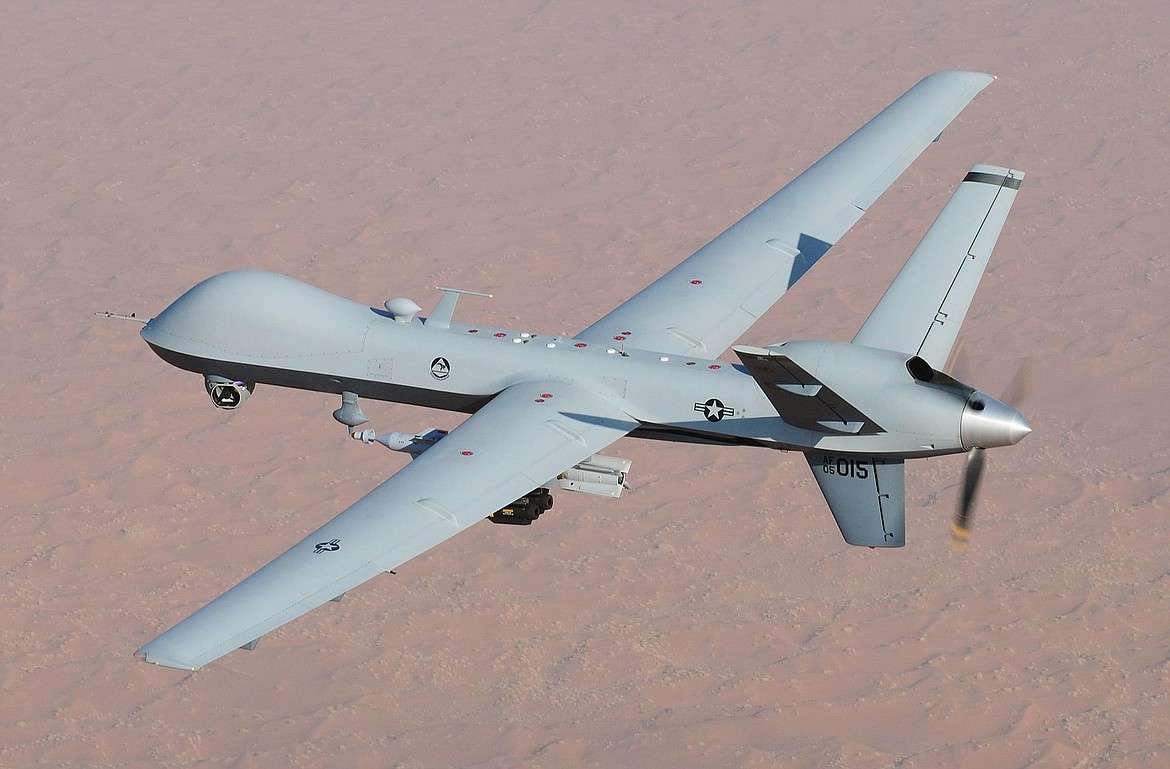The art of intelligence gathering
News reports let us follow the war in Ukraine, showing movements of military vehicles and troops on both sides. But how do commanders know where to maneuver their assets and what are their armies supposed to do?
Upper-level command posts gather intelligence reports from the field and evaluate the information reported...
Become a Subscriber!
You have read all of your free articles this month. Select a plan below to start your subscription today.
Already a subscriber? Login





